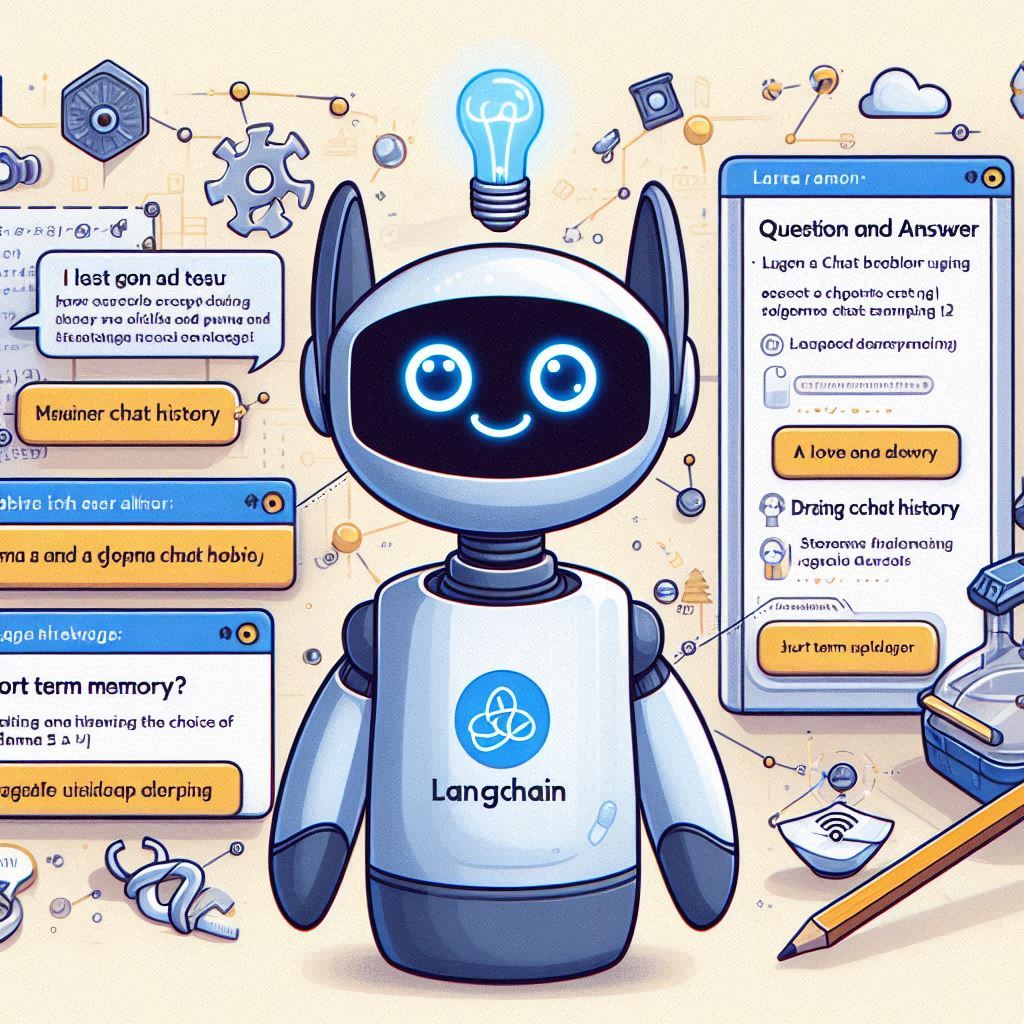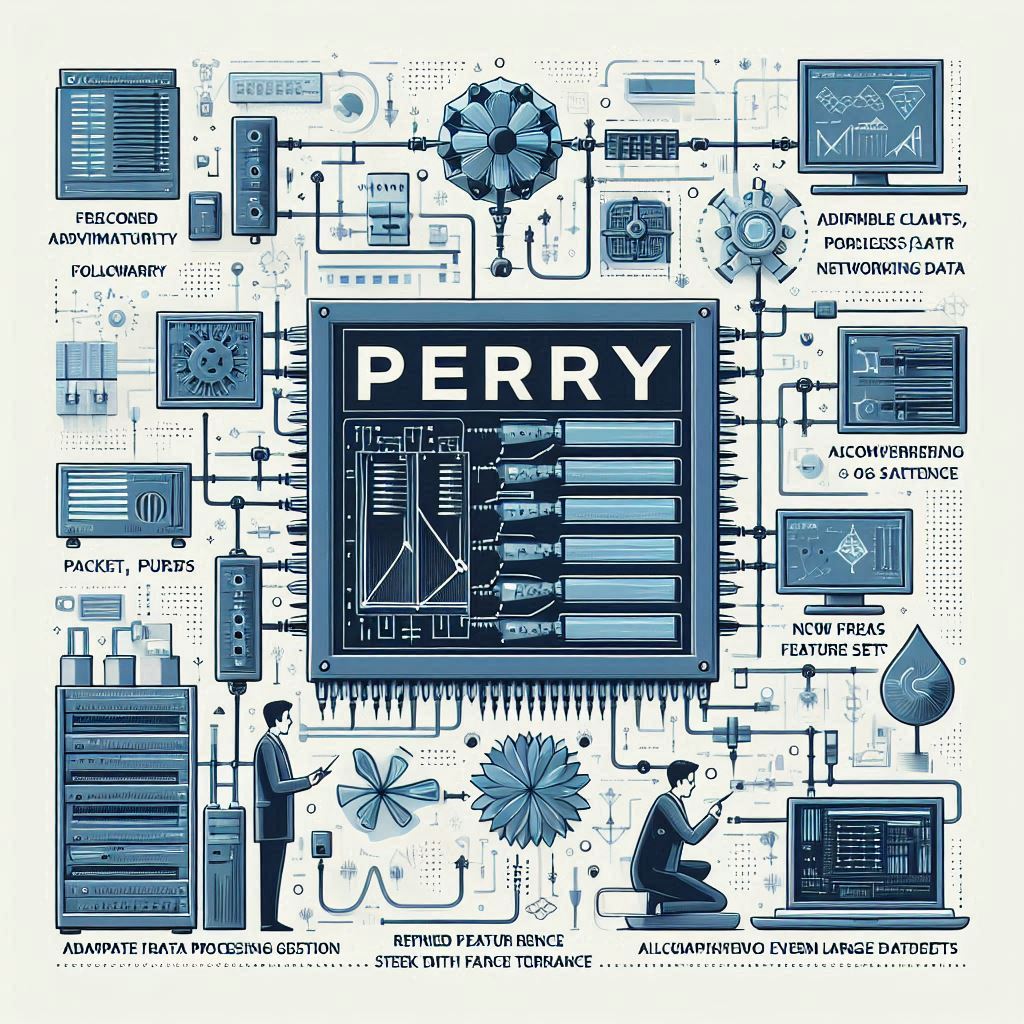Sitemap
A list of all the posts and pages found on the site. For you robots out there is an XML version available for digesting as well.
Pages
Posts
Prompt Engineering vs RAG vs Finetuning: Strategic AI Customization guide
Published:
In today’s rapidly evolving AI landscape, off-the-shelf large language models (LLMs) often fall short when faced with specialized business requirements. While these foundation models possess remarkable general capabilities, they frequently struggle with domain-specific terminology, proprietary data contexts, and unique organizational needs. This performance gap has catalyzed three powerful customization approaches: Prompt Engineering, Retrieval-Augmented Generation (RAG), and Fine-Tuning. Each method offers distinct advantages for transforming generic AI into a precision instrument for specialized tasks.
Decoding MCP: A comparison between Model Context Protocol vs Rest API
Published:
The AI Isolation Problem: Why MCP Was Born
Picture a brilliant consultant locked in a windowless room. No internet, no documents, no tools—just raw intelligence. This was the reality of AI systems before MCP. Despite their astonishing capabilities, large language models (LLMs) remained trapped in silos, disconnected from the databases, APIs, and tools that could make them truly useful. Every new integration—whether fetching live data from PostgreSQL or automating Blender 3D modeling—required custom code, special prompting, and fragile plumbing. Developers faced an N×M integration nightmare: N AI models needing bespoke connections to M data sources.
Beyond ChatGPT: How Block Diffusion Bridges the Gap in Language Modeling
Published:
As a researcher who’s spent years wrestling with language model limitations, I still remember my frustration when ChatGPT choked on generating coherent text for my queries. That fundamental tension—between the creativity of diffusion models and the precision of autoregressive architectures—has haunted our field. Until now. The breakthrough work in “Block Diffusion” (Arriola et al., ICLR 2025) isn’t just another incremental improvement—it’s the architectural bridge we’ve desperately needed. Let me walk you through why this paper could be an interesting direction for the future of Language Modeling.
Collective Transport: Engineering without Blue Print
Published:
Ant colonies routinely achieve the remarkable feat of transporting objects far exceeding individual capacity—from hefty food items to nesting materials—often navigating complex and cluttered terrains. This stands in stark contrast to coordinated human efforts, which often rely on explicit planning and communication and can falter under similar constraints. The ants’ success hinges not on a pre-designed plan, but on sophisticated, decentralized strategies emerging from local interactions.
The Poor Man’s Finetuning Duel: A comprehensive report on LLM fine tuning on Llama and DeepSeek
Published:
Drawing on extensive (and often frustrating) experience with CUDA memory limitations, I approached the prevalent claims of “efficient” 7B model fine-tuning with skepticism. Benchmarking Llama-2-7B and DeepSeek-7B under strictly controlled conditions (single A100, 40GB VRAM) yielded results that were profoundly surprising. They exposed a significant gap between the rhetoric of efficiency and its practical reality in constrained environments. This analysis fundamentally altered my perspective; allow me to detail this critical reality check.
Unlocking the Magic of ChatGPT: A Journey Through Transformer-Based Language Models
Published:
Imagine an AI that crafts poetry, debugs code, and explains quantum physics—all while adapting to your unique conversational style. This isn’t science fiction; it’s the reality of ChatGPT, a pinnacle achievement in modern AI. But how does it really work? The secret lies in a revolutionary architecture called the Transformer. In this deep dive, we’ll demystify Transformers, build a Shakespeare-generating model from scratch, and reveal what powers ChatGPT’s linguistic brilliance.
portfolio
Chat with SQL - A Agent based CSM model to chat with databases
Published:
AI-powered customer support chatbot that seamlessly connects to an SQL database to retrieve and provide real-time sales data to users. 
Q&A ChatBot using Langchain and Open Source LLMs
Published:
Created a Question and Answer Chatbot utilizing the Langchain Framework that utilizes the choice of Llama 2, Llama 3 and Gemma 2 models. 1
Search Engine Application based on AI Agents using Open Source LLMS
Published:
Created a Search Engine Tool utilizing the Langchain Framework and AI Agents along with LLMs 1
Network Data Processing Pipeline Framework PERRY (MS Thesis)
Published:
Designed and implemented PERRY, an adaptable data processing framework for networking data.
Physical Training app using TensorflowJS:
Published:
Created a Physical Training web application utilizing the TensorFlowJS-based MoveNet model for real-time exercise tracking through pose estimation
publications
Optimal Parameter Estimation for acheiving Low Latency and Reliable Communication using Deep Neural Nets
Published in Indian Academy of Science Journal, 2020
Research paper highlighting my work as Summer Research Fellow at Indian Institute of Science
Recommended citation: Navya Battula, Vijay Kumar.P (2020)."Optimal Parameter Estimation for acheiving Low Latency and Reliable Communication using Deep Neural Nets", Indian Academy of Sciences Journal(3).
Download Paper | Download Slides
netFound: Foundation Model for Network Security
Published in Arxiv, 2023
Research work exploring the Foundation model for Network Security
Recommended citation: Satyandra Guthula, Roman Beltiukov, Navya Battula, Wenbo Guo, Arpit Gupta, & Inder Monga. (2025). netFound: Foundation
Download Paper | Download Slides
PERRY: Flexible and Scalable Data Preprocessing System for ”ML for Networks” Pipelines
Published in UC Santa Barbara Proquest Electronic Theses and Dissertation, 2023
Masters Thesis Dissertation Defense 2023 Published 2023
Recommended citation: Battula, N. (2023). PERRY: A Flexible and Scalable Data Preprocessing System for "ML for Networks" Pipelines. UC Santa Barbara. ProQuest ID: Battula_ucsb_0035N_16163. Merritt ID: ark:/13030/m5j49rxb. Retrieved from https://escholarship.org/uc/item/6p42s4w9
Download Paper | Download Slides
talks
Talk 1 on Relevant Topic in Your Field
Published:
This is a description of your talk, which is a markdown files that can be all markdown-ified like any other post. Yay markdown!
Conference Proceeding talk 3 on Relevant Topic in Your Field
Published:
This is a description of your conference proceedings talk, note the different field in type. You can put anything in this field.
teaching
2021 Fall CSW8 - Introduction to Computer Science (Python)
Undergraduate course, University of California, Santa Barbara, Computer Science, 2021
My first class as a Teaching Assistant at UC Santa Barbara. Introduction to Computer Science Link is an introductory programming course offered by Computer Science department open for even outside majors who wish to experience coding as a subject. It comprises of basic programming concepts in Python that is sufficient to give the learner a basic knowledge of programming syntax and core concepts to get started. I have TAed for this class under Professor Yekaterina Kharitanova along with 7 other TAs.
2022 Winter CS154 - Computer Architecture
Undergraduate Course, University of California, Santa Barbara, Computer Science, 2022
Computer Architecture CS154 Link is one of the foundational course in Computer Science that is part of every curriculum. It comprises of concepts of architecture of various components of a computer like CPU, memory, I/O etc. I have TAed for this class under Professor Ziad Matni along with 4 other TAs.
2022 Spring, Fall and 2023 Winter, Spring CS5A - Introduction to Data Science
Undergraduate course, University of California, Santa Barbara, Computer Science, 2023
My most favorite class as a Teaching Assistant at UC Santa Barbara. Introduction to Data Science Link is an introductory Data Science course offered by Computer Science department open for even outside majors who wish to get started with Data Science and Statistics. It comprises of basic programming concepts in Python like foundational programming concepts, problem-solving strategies and code design, and data science concepts as table operations, exploratory data analysis, basic probability. I have worked with Professor Sharon Solis for this course who is an amazing mentor and instructor. I have consistently TAed for this course 4 times.
